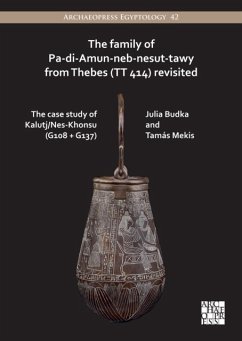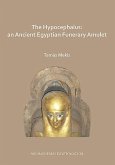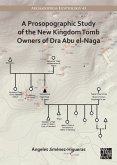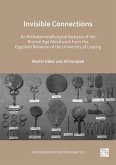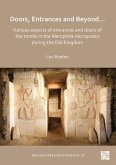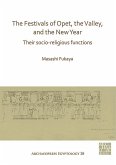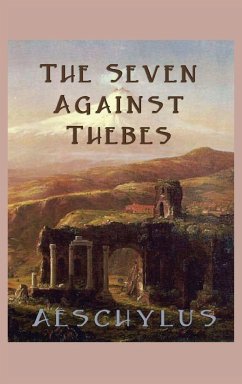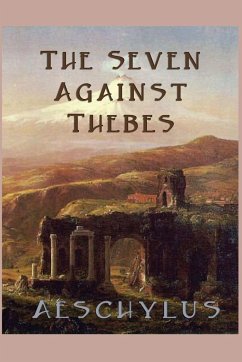This book identifies a key figure in the family that reused the Saite tomb of Ankh-Hor (TT 414) in the Asasif: Kalutj/Nes-Khonsu. Examining the funerary assemblage revealed not only details of Late Dynastic and Ptolemaic burial customs in Thebes but also additional information on the priesthood of Khonsu and of the sacred baboons in this era.
Hinweis: Dieser Artikel kann nur an eine deutsche Lieferadresse ausgeliefert werden.
Hinweis: Dieser Artikel kann nur an eine deutsche Lieferadresse ausgeliefert werden.

